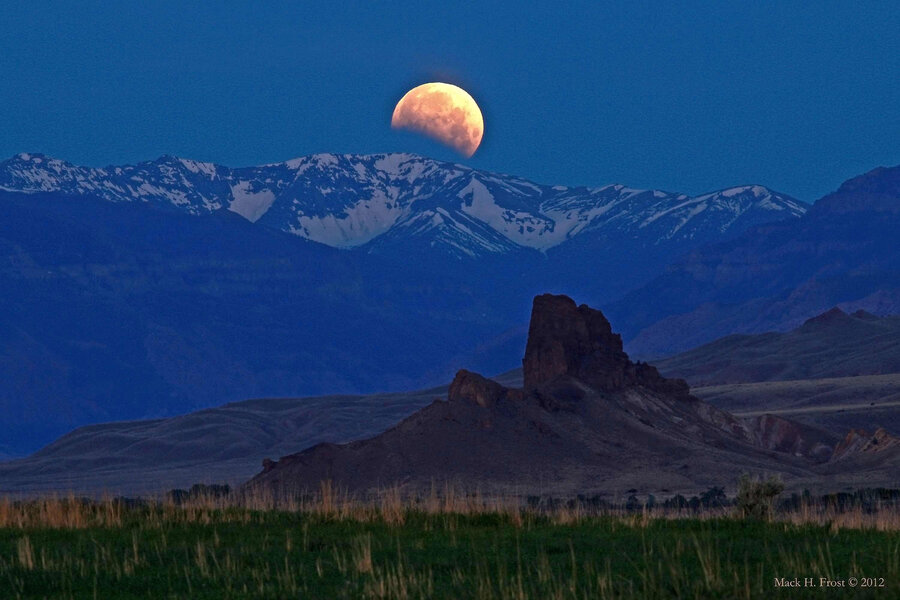Strawberry moon: Rare astronomical coincidence promises an extra bright solstice
Loading...
On Monday night, you can witness an astronomical event that hasn't occurred in decades: the coinciding of the June solstice with a full moon.
This full moon is also rare for another reason: It marks the fourth of four full moons between the March 2016 equinox and the June 2016 solstice, EarthSky reports. Typically, there are only three full moons in that period. There will also be four full moons between the March 2035 equinox and the June 2035 solstice, 19 years from now, but the June solstice won't coincide with a full moon again until Jun 21, 2062.
The full moon for the month of June is known in the United States as the Full Strawberry Moon, because it alerted Algonquin tribes that it was time to gather ripe fruit. In Europe, where strawberries aren't native, it's been known as the Full Rose Moon and the Honey Moon.
"Many native American tribes, including the Algonquins that lived throughout New England, named the full moon as a way of marking seasonal changes," the Christian Science Monitor's Olivia Lowenberg reported in April. "It was their way of keeping a calendar as they did not follow the Julian or Gregorian system of tracking time. When colonial Americans came into contact with these tribes, they would frequently adopt the full moon names that were already in use."
The last time the Full Strawberry Moon "landed smack on" the June solstice was 1948, according to the Old Farmer's Almanac, though if you use time zones other than Universal Time (UT), the two events have coincided more recently. By using US time zones, the last time the full moon and June solstice shared a calendar date was June 21, 1986, EarthSky reports.
The June solstice this year begins on Monday at 22:34 UT, or 6:34 p.m. Eastern time. That's when the sun will reach its northernmost point in the sky, resulting in the longest days and shortest nights of the year for the Northern Hemisphere and signaling the start of the astronomical winter season (and the shortest days) for the Southern Hemisphere.






